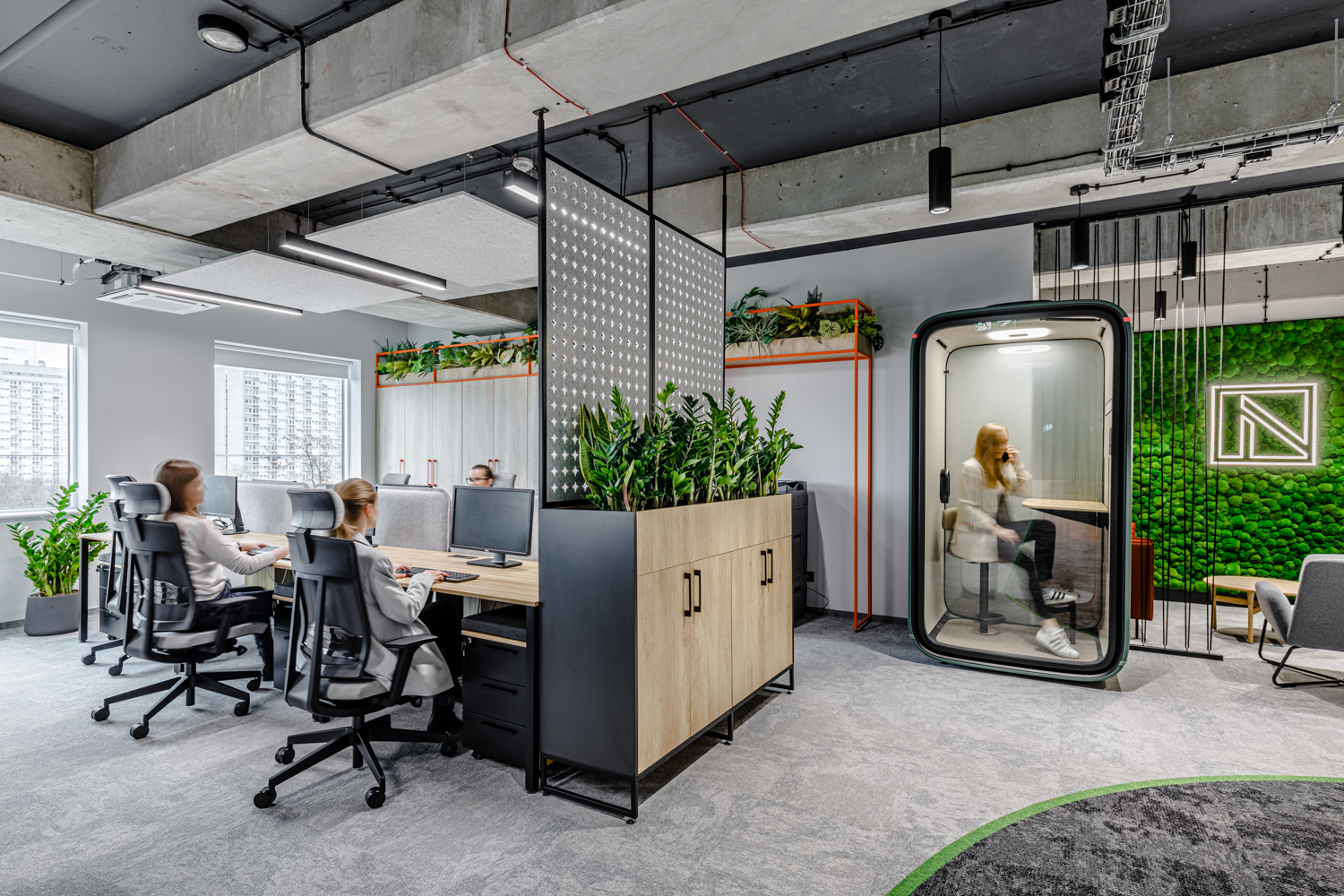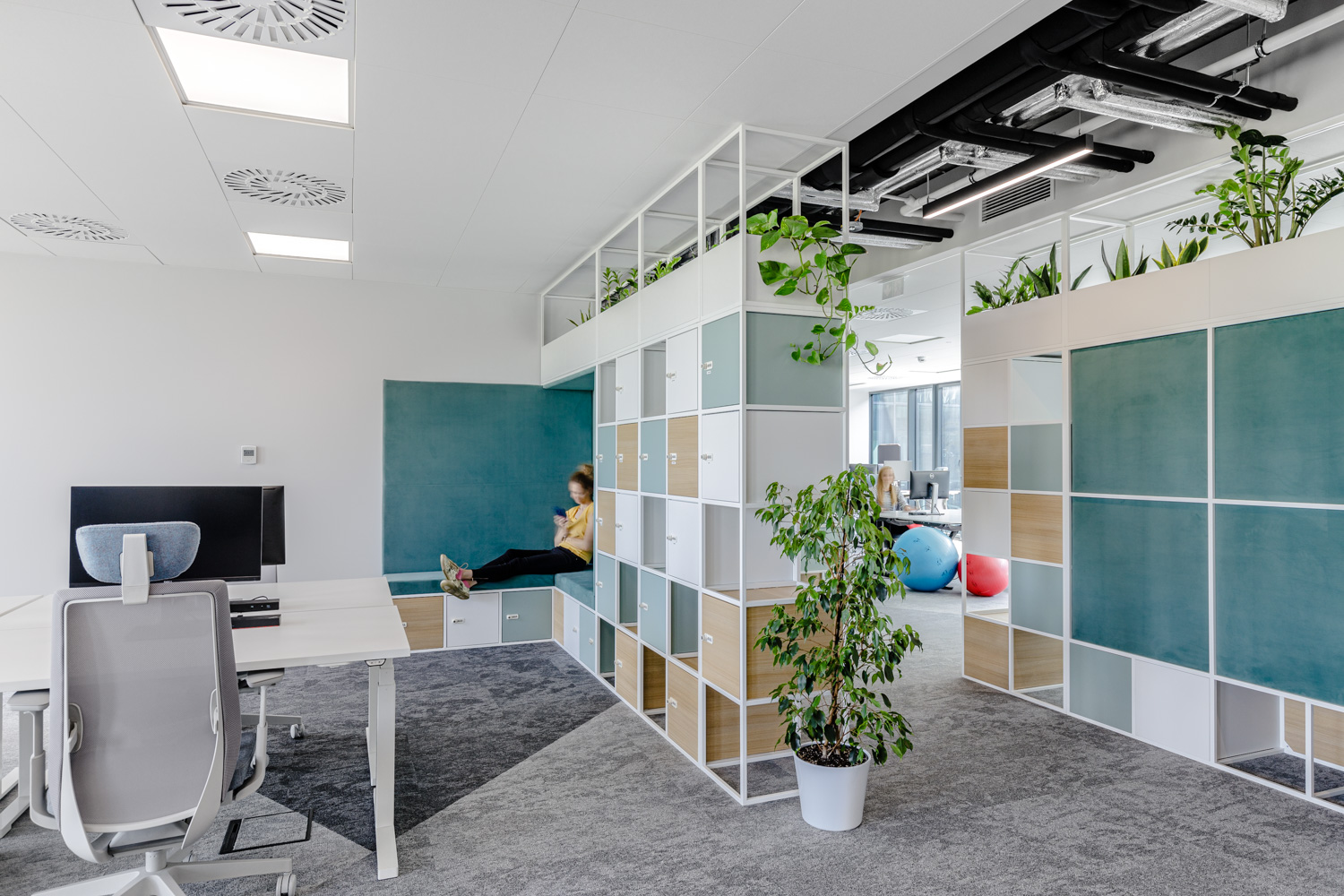Employee voice, office project success | Survey in the design of work environments
In workplace strategy processes, organisations often choose to involve their employees in the process of defining needs and expectations for the upcoming change. They most often do this through survey research. Such method of data collection, though commonly used, sometimes raises certain concerns among tenants. We describe an example of how surveys can be used to understand the needs of the organisation in a way that maximises the benefits and minimises the risks associated with their use.
Concerns about the use of surveys
Organisations that hesitate about whether to conduct a survey usually express two concerns about using this type of tool:
- Inviting employees to participate in the survey will raise excessive expectations, difficult to fulfil in practice
- The survey will provide potentially inconvenient results for the employer to address
As a result, surveys are often reduced to the role of an unpleasant duty that one might need to get through at a certain stage of the process. Although data is collected, it doesn’t become a source of information that has a real impact on the conducted change.
However, this does not have to be the case at all – a survey doesn’t have to be perceived as an uncontrollable threat. It can become much more than an opportunity to learn about employees’ opinions and present data on a bar chart – it can help identify important relationships, invisible to the naked eye, that determine the success of the overall process and satisfaction with the resulting office space. In this article, we will outline how survey research can be approached safely. We will discuss this using the example of a company that turned to us for advice concerning its workplace strategy.
What to ask in surveys
It is good practice in survey research to focus not on wants but on needs. That’s why a key section in our survey focused on work style. We asked about the set of activities respondents engage in as part of their daily duties and the time they spend on these activities (e.g. 80% of their working time spent doing focused work). Using statistical analysis, we tested whether it was possible to distinguish subgroups of employees in the company who worked in similar ways. As a result, we identified three key work styles:
- focused work style, i.e. people who spend most of their work time on individual tasks that require concentration
- telephone work style, i.e. people who spend a significant proportion of their work time on phone calls
- varied work style, i.e. people who divide their work time among various tasks
What are the benefits of basing decisions on a work style analysis? First of all, this approach focuses attention on the performed activities, which should be the basis for well-prepared recommendations. Work style analysis also reveals a picture of the organisation that is not visible at first glance. Work styles are relatively stable over time – even when individuals decide to leave the company and new employees take their place. Specific workplace needs are also associated with work styles. In the company we surveyed, employees representing the telephone style rated the issue of acoustic comfort in their office lower compared to others work styles. In order to improve the experience of the group of employees who frequently talk on the phone, the design of the new office space included appropriate levels of acoustic insulation, but also direct access to ancillary spaces (e.g. telephone booths).

Newgate Investment
People representing different work styles use office space differently.
Project detailsThe survey should also include questions about the current office space. It may seem that knowledge about satisfaction with the current office space is useless in the face of a potential relocation or rearrangement. Nothing could be further from the truth, as gathering this data allows us to address the major pain points of the occupied space and avoid them in the new office. This is also where advanced statistical techniques come to our aid. This is because the aim is not only to find out what employees think, but also to investigate whether there is a correlation between, for example, the perception of workplace design and overall satisfaction with the office. Such a relationship was found in the company in question: the higher the satisfaction with the design expressed by the survey respondent, the greater the overall satisfaction with the office space. Capturing this relationship was important because respondents, when asked directly about the key issues they felt were important for their satisfaction, tend to regard design as a secondary or tertiary issue.

PepsiCo
Office design is one of the key elements related to overall satisfaction with the office space.
Project detailsBy evaluating various aspects of the office, it was also possible to identify factors that influenced the perceived effectiveness of work, when done from the office. In the surveyed company, key aspects included supporting collaboration with other employees and providing acoustic comfort. This was taken into account at the design stage – the new space was equipped with a large number of ancillary spaces, particularly small rooms and telephone booths.
The questions that cause the most concern among tenants are those related to the respondents’ desired frequency of being in the office. Organisations are concerned that asking these questions will raise expectations, regarding a potential change to the already established hybrid work model. At the same time, however, many organisations have a keen interest in encouraging their employees to turn up in the office more often. Meanwhile, asking questions about the preferred work model allows for the identification of aspects which most strongly influence the frequency of being in the office. In the case of our client, office features related to privacy and acoustic comfort appeared to be crucial to office attendance. Respondents who rated these two aspects highly were also more willing to come to the office. With data like this, one might be tempted to dig deeper: is the lack of privacy related to the large open plan, the lack of access to alternative workspaces (e.g. focus rooms), or perhaps the lack of visual partitions between workstations? Or perhaps it stems from the desk being poorly positioned? Asking the question about the preferred work model paves the way for the collection of very useful information, the usefulness of which goes far beyond the area of physical office space.

Prisjakt
Employees are more likely to commute to offices that provide them with an environment in which they can focus.
Project detailsDon’t fear the research
In summary, involving employees in the process of creating a new working environment and giving them the opportunity to express their opinions in a survey does not necessarily have to end with a huge wish list. By structuring the survey in the right way, valuable information can be gathered, risks requiring attention can be identified and relationships invisible at first glance can be uncovered. This in turn can determine the ultimate success of the entire project.
A well-designed survey also sends a clear message to employees that the organisation values their opinion. This is reflected in an increase in engagement with the process and – ultimately – influences the level of satisfaction with the new workplace arrangement.
Considering the needs of future office users is therefore an opportunity to create an optimal work environment for both parties – one that is cost-effective and attractive enough in terms of design, ergonomics and the variety of spaces available that an employee will willingly decide to cross its threshold.